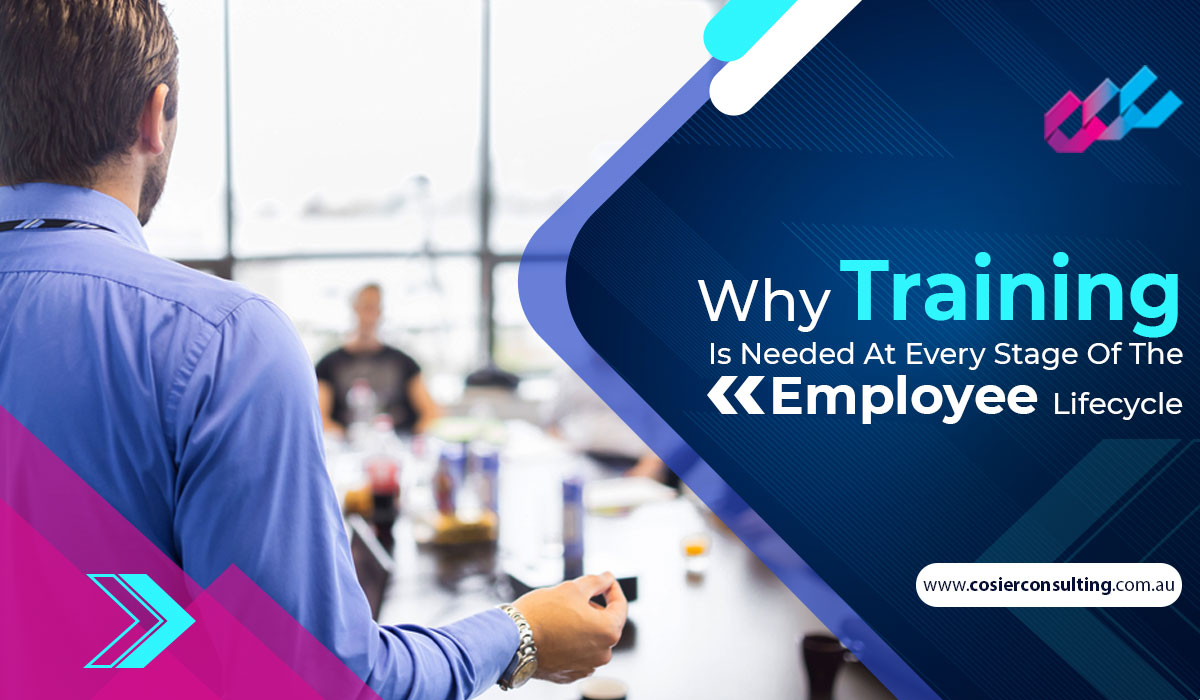Why Training Is Needed At Every Stage Of The Employee Lifecycle
All job roles need to be seen in terms of their 360-degree lifecycle, from the recruitment process to the resignation/retirement stage. Companies need to present the eventualities and requisite resources needed to build the expertise, skills, and capacities of their employees at all stages. This approach allows companies to set their employees up for advancement. What’s more, it also works to increase employee retention and engagement. A learning design consultancy in Australia will be able to help companies accomplish this successfully.
By going through the different stages of the employee lifecycle, let’s see how relevant training can elevate each stage.
Recruitment
After desirable candidates have been selected in line with your company’s mission, vision and culture, you would need to carry out a more granular recruitment procedure. This would involve:
Creating competency and behaviour-based interview questions.
Building updated and comprehensive job descriptions that collect applicable skills and competencies required for particular job roles and/or company-wide practices
On-Boarding
Often on-boarding is erroneously limited to just offering an orientation program. In fact, this is a complete process through which employees who have been newly hired pick up knowledge, skills and practices that empower them to turn into valuable contributors to the company. In the hands of a good learning design consultancy in Australia you can:
Build an official onboarding framework
Have processes established that will result in regular assessment of onboarding effectiveness
Get an overview of the procedures, to offer consistency in terms of your training and onboarding programs
Performance Management
All through employees’ journey with your organization employees keep learning, growing and developing. So of course, it’s vital to make available to them the appropriate resources and tools that will support them. This could involve:
Performance evaluations, assessments and goal setting
Mentoring programs
Rotational assignments
High performer and high potential programs
eLearning programs for leadership development
Programs like these will support your team’s learning development progress and will boost employee retention.
Training & Development
As a vital aspect of the employee lifecycle, traditional training and development programs should not be overlooked. Learning new skills and proficiencies together with updating current knowledge is a necessity and can be provided via eLearning platforms with the help of a learning design consultancy.
Perks of T&D through eLearning:
Streamlined allocation of superior content
Real-time insights, assessments and feedback
Learner-centric and convenient learning
Learning anytime, anywhere
Offboarding
Off-boarding usually involved evaluations and exit interviews. Nevertheless, prior to experienced and talented resources leaving the company, it is crucial to keep systems in place such that they will be able to share their skills, knowledge and learnings, when handing-over their role to their replacement.
This procedure should become regular and easy as when you lack an efficient process to account for updates and changes to job tasks, activities and operations, the knowledge transfer is bound to suffer.
So, are you looking to hire a trust-worthy learning design consultancy in Australia?




Comments
Post a Comment